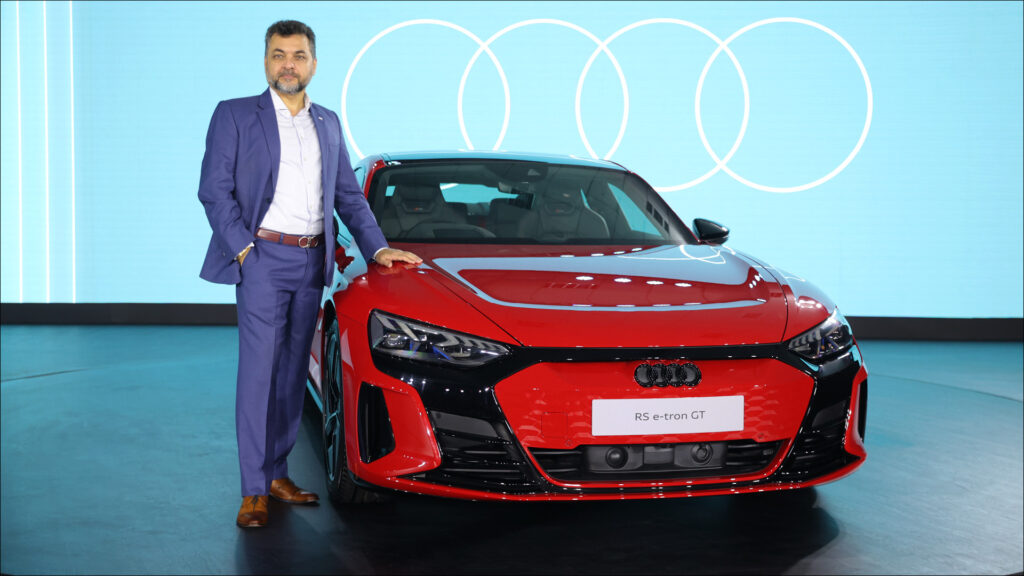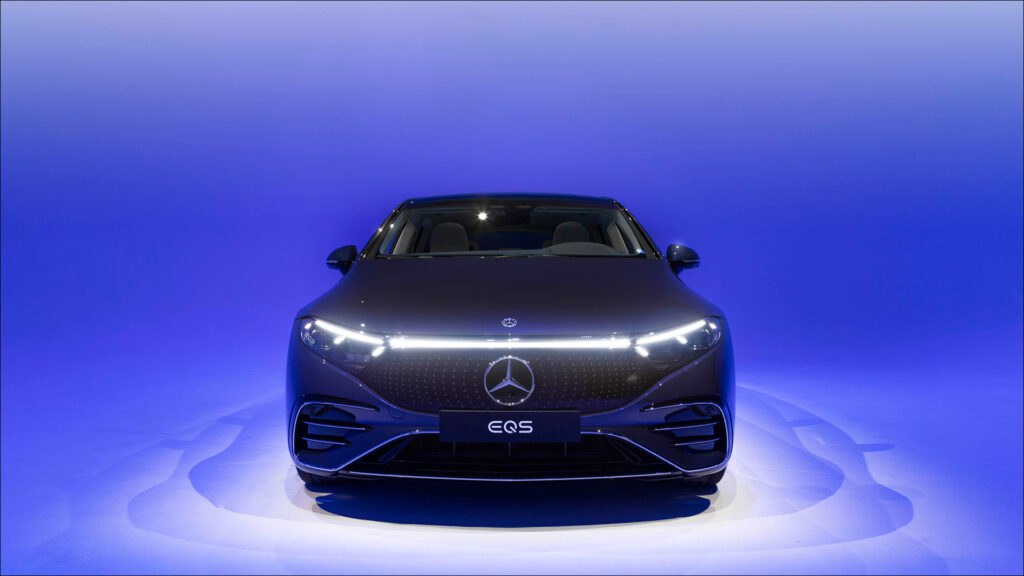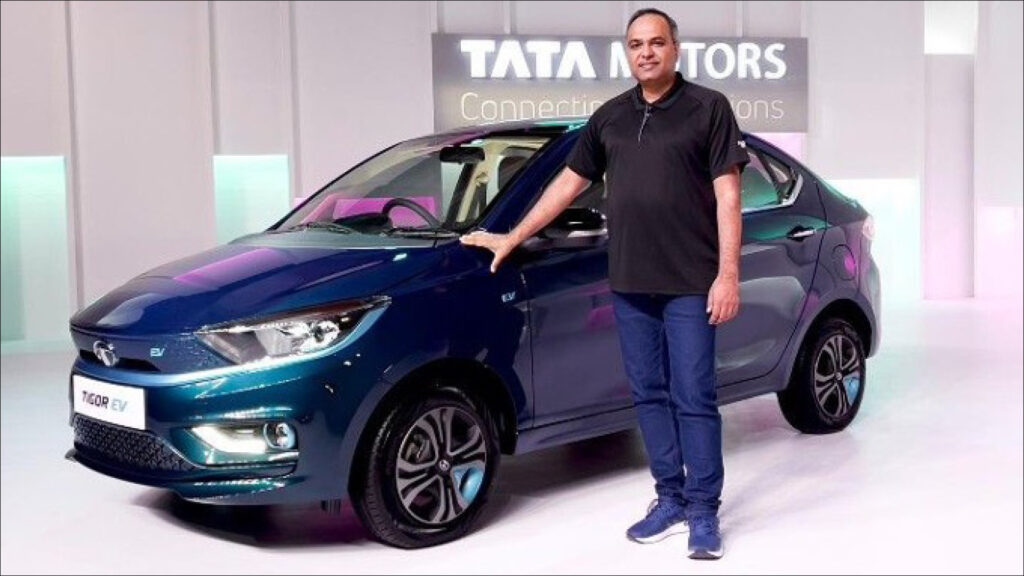As the world focuses on sustainable practices to benefit present and future generations, there has been a shift in the mindset of the automotive industry, too. Enter the Electric Vehicle (EV): a machine that balances the science of lowered carbon footprints with spectacular style. Letʼs explore the steady rise and challenges faced by the EV industry in India.
By NIKHIL CHAWLA
If you have recently visited a car showroom, there is a high probability you would have seen an EV displayed among the internal combustion engine (ICE) petrol and diesel cars. This sudden induction of EVs may seem forced to many, especially petrolheads who want their auditory senses to be awakened by the sound of their car engine and tailpipe. But, as countries around the world try to lower their dependence on fossil fuels, become carbon neutral, and go green, a ‘Switch to Electric’ is inevitable. The Indian government, too, has been promoting EV adoption by offering various incentives, such as reducing the GST on such vehicles from 12 to 5 per cent, tax exemptions, subsidies, and reduced import duties. And India is among a handful of countries supporting the global EV30@30campaign. This means that, if all goes as per plan, 30 per cent of vehicles on India’s roads by 2030 will be EVs. This has encouraged automakers and various stakeholders to invest in the development of electric vehicles and the EV infrastructure in the country.

Balbir Singh Dhillon, Head of Audi India.
One of the companies spearheading this change is Audi India, led by Balbir Singh Dhillon, who says, “In 2021, our Board of Management announced a corporate strategy, ‘Vorsprung 2030’, which essentially means a head start to 2030. More importantly, with this new strategy, Audi, as a brand, has announced a definitive timeline for the transition to electric mobility; this includes the launch of only EVs in 2026, ICE-powered car production to end in 2033, and an increased focus on software and autonomous technology.” Definitive steps, indeed!
GOVERNMENT SUPPORT
According to the Government of India, India is home to more than 13 lakh EVs. A majority of these are electric rickshaws, followed by two-wheelers (electric scooters and bikes), and finally, electric cars or four-wheelers. While we have witnessed exponential growth in the 2W and 3W EVs, the sale of 4W EVs needs improvement. As such, the government has taken several steps to develop and promote the EV ecosystem in India. The Faster Adoption and Manufacturing of Electric Vehicles (FAME II) scheme has been remodelled for consumers, a production-linked incentive (PLI) scheme for Advanced Chemistry Cell (ACC) has been revamped for suppliers, and a PLI scheme for Auto and Automotive Components, valued at `26,000 crore, has been launched for EV manufacturers. These initiatives have made a positive impact on many carmakers.

The ‘Made In India’ Mercedes-Benz EQS is not only a hugely successful EV, it also helps foresee a roadmap that is encouraging other similar manufacturing wins. “The EQS’s local manufacturing firmly reiterates the global manufacturing competencies developed by Mercedes-Benz in India. We are very bullish of our EV roadmap in India and estimate 25 per cent of our total sales from EVs in the next four years,” says Santosh Iyer, MD & CEO, Mercedes-Benz India. India has also advocated five elements for climate change in the nation, known
as ‘Panchamrita’.
Increasing non-fossil energy capacity to 500 gigawatts by 2030.
Providing 50 per cent of India’s overall energy needs through renewable sources.
Reducing carbon emissions by 1 billion tonnes by 2030.
Reducing carbon intensity by 45 per cent by 2030.
Achieving net zero by 2070.
Despite these programmes, EVs account for only two per cent
of the overall vehicles sold in India. Let’s discuss the reasons
for this disparity.
THE ROADBLOCKS AHEAD
Factors like charging infrastructure, a limited range of EVs, and high upfront costs are hampering the sales of these vehicles. To address these concerns, the government is working on setting up charging stations across the country and providing subsidies for installing home-charging units. The following, however, are the ABC of challenges faced by this industry.
Anxiety: Range Anxiety is real! Simply put, it is the fear that the vehicle’s battery will not have sufficient charge to reach its destination. Often, the claimed range of EVs (achieved under test conditions) is not at par with the actual range. Ambient temperature is another issue: while colder conditions can limit the charging speed of EVs and reduce the distance they can travel, it is the heat that is the real enemy of electric car batteries. The more you operate and charge your EV in high temperatures, the quicker your battery’s ability to retain a charge will decline.
Battery: A gas engine has over 2,000 moving parts, whereas an EV has only 18. The latter mainly rely on battery packs and motors, and these batteries, in general, should last at least 10 years or for 1,00,000 km. What happens after that? While you can keep a petrol or diesel car running for longer with regular service, an EV would require a change of the battery pack, usually a third of the vehicle’s overall cost.
Cost: The upfront price of buying an EV car/4W is double its petrol variant. While the maintenance cost of an EV is significantly lower
than a petrol or diesel vehicle, paying double the amount is still a big concern for many.
COUNTERING CHALLENGES
To overcome these worries, the infrastructure needs to be developed to gain the consumer’s confidence. Collaboration among stakeholders— automakers, infrastructure providers, and building facilities—is needed to deploy EV infrastructure rapidly. This includes standardisation of charging ports or charging solutions, interoperability, and communications. A charging infrastructure that mimics the typical fuel station setup is essential. According to Kartikey Hariyani, Founder & CEO, Charge+Zone, “The EV charging infrastructure in India is progressing at a steady rate to help India realize its E-mobility dream. As per a recent report by Counterpoint, there are more than 2,700 public charging stations and 5,500 charging connectors in the country with the expected number of charging stations set to reach 10,000 by the year 2025.” A joint report by Indian Venture and Alternate Capital Association (IVCA), Induslaw and Ernst & Young is even more promising, citing that the number of charging stations in the nation will increase to 1,00,000 units by 2027 to accommodate the demand of nearly 1.4 million EVs expected to be on the roads in India. We will also need about 20 lakh charging stations by 2030 to cater to 5 crore EVs by then!

Tata Passenger Electric Mobility Ltd.
The private sector has also played a significant role in promoting EVs in India. “They (EVs) put the power of doing good for the environment in the hands of the customers,” says Shailesh Chandra, MD, Tata Motors Passenger Vehicles Ltd and Tata Passenger Electric Mobility Ltd. “Spurred by the inherent benefits of EVs and incentives provided by the government, customers are showing tremendous interest in EVs.” This year, Hyundai launched its very successful all-electric SUV Hyundai IONIQ 5 in India. “We are committed to adding six EVs to our portfolio by 2028, representing our shift towards future mobility for a brighter and more sustainable tomorrow,” says Unsoo Kim, MD & CEO, Hyundai Motor India Ltd. Moreover, Ola Electric announced its plans to expand its production capabilities across 2Ws, 4Ws, and cells. As part of this, they will set up an EV Hub to house advanced cell and EV manufacturing facilities, vendor and supplier parks, and the larger ancillary ecosystem for EVs at a single location.
RACING TO THE FUTURE

The recent Formula E Race in India pays testimony to India’s seriousness about EVs. Held at the Hyderabad E-Prix Track , the event was attended by Sachin Tendulkar, Shikhar Dhawan, Deepak Hooda, PV Sindhu, and Ram Charan, to name a few. Overall, the rise of EVs in India is a positive development, and the outlook for the future is hopeful. The market is expected to continue to grow in the coming years. All we can say is that it’s a one-way street now, and if we are looking towards a more sustainable future, there will be no coming back to internal combustion engines. So, let’s welcome EVs with
open arms!
Related: Explore The Reason Behind India’s Successful Art Market




